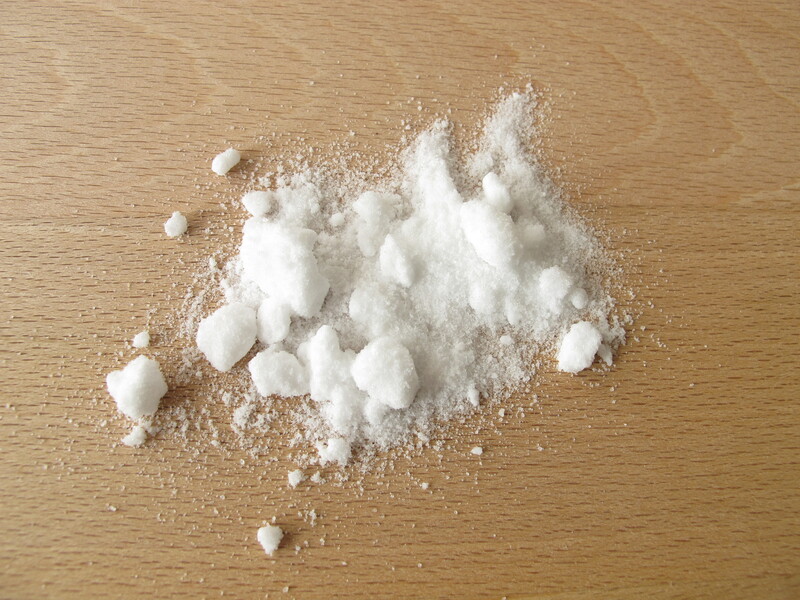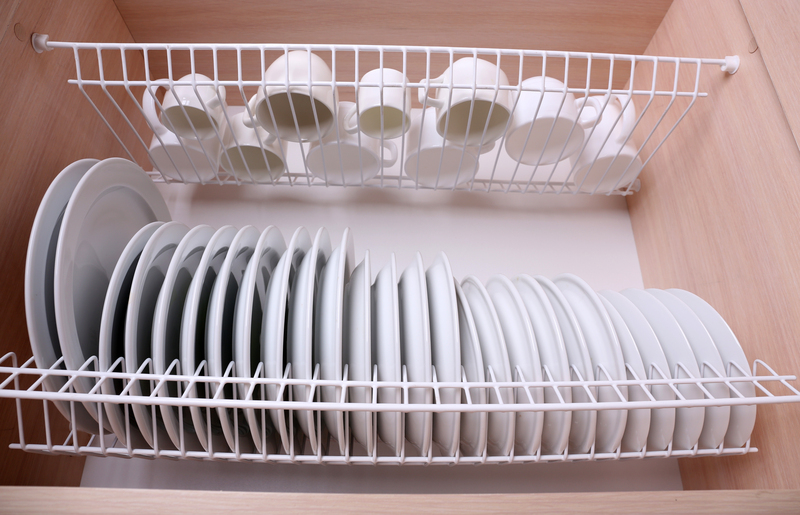Pro Tips for a Dust-Free, Allergen-Minimized Home
Posted on 07/06/2025
Pro Tips for a Dust-Free, Allergen-Minimized Home
Keeping your home clean and comfortable isn't just about looks--it's about health. A dust-free, allergen-minimized home environment is crucial for anyone, especially those sensitive to allergens. This comprehensive guide is packed with expert advice and practical tips to help you maintain a healthier, tidier living space for you and your family.
Why Is It Important to Minimize Dust and Allergens?
Dust and allergens often go hand in hand, aggravating allergies, asthma, and various respiratory problems. Even homes that look spotless can harbor microscopic particles invisible to the naked eye. Besides allergy prevention, a cleaner home improves air quality, creates a welcoming environment, and can even prolong the life of your furnishings and electronics.

Common Sources of Dust and Allergens Indoors
- Dead skin cells (a primary component of household dust)
- Pollen and mold spores brought in from outdoors
- Pet dander and hair
- Textile fibers from carpets, curtains, and clothes
- Dust mites and their droppings
- Smoke, soot, and other pollutants
Your Step-By-Step Guide to a Dust-Free, Allergen-Minimized Home
1. Establish a Robust Cleaning Routine
-
Vacuum regularly
Use a vacuum cleaner with a HEPA filter at least twice a week on carpets, rugs, and upholstery. For high-traffic areas or households with pets, daily vacuuming is recommended. Don't forget skirting boards, corners, and behind furniture! -
Damp dust surfaces
Dry dusting can make particles airborne. Instead, use a damp microfiber cloth to trap dust. Microfiber is especially effective for capturing both dust and allergens without smearing or spreading them around. -
Minimize paper clutter
Newspapers, magazines, and paperwork collect and disperse dust. Sort through your papers regularly, recycle what you don't need, and store important documents in closed cabinets or bins.
2. Control Textile Dust Traps
-
Wash bedding weekly
Sheets, pillowcases, and blankets accumulate dust mites and skin flakes. Wash in hot water to eliminate mites and allergens. -
Consider hypoallergenic covers
Encase pillows and mattresses in allergen-proof covers. These are barriers against dust mites and simplify cleaning. -
Limit fabric surfaces
Replace wall-to-wall carpeting with hardwood, laminate, or vinyl flooring. Choose leather or easily washable furnishings for minimal allergen buildup. -
Clean curtains and upholstery
Vacuum curtains weekly and launder them monthly. sofas and armchairs should be vacuumed at least once a week.
3. Keep Pets Clean and Homes Fur-Free
Pet dander is a potent allergen and a magnet for dust. The following tips are vital in minimizing pet-related allergens:
- Bathe pets regularly but not excessively--about once a month, or as recommended by your vet.
- Brush pets outdoors, not indoors, to keep hair and dander out of your home.
- Create pet-free zones. Keep pets out of bedrooms and off upholstered furniture to reduce accumulation.
4. Purify Indoor Air
- Invest in an air purifier with a True HEPA filter. These devices remove up to 99.97% of airborne particles, including fine dust and allergens.
- Control indoor humidity. Dust mites and mold thrive in moisture-rich environments. Use a dehumidifier to maintain humidity below 50% and fix leaks promptly.
- Ventilate daily. Open windows for 5-10 minutes per day to cycle out stale air, even in winter (weather permitting).
5. Optimize Layout and Furnishings for Easy Cleaning
- Choose easy-care furnishings and minimalistic decor. The fewer items, the fewer dust-collecting surfaces.
- Opt for closed storage such as cabinets over open shelves.
- Elevate furniture on legs to allow easy vacuuming underneath.
6. Tackle Hard-to-Reach Areas
- Clean vents, fans, and radiators regularly. Dust buildup in these spots can recirculate allergens through your home.
- Wash walls and baseboards every month. They attract and hold fine dust.
- Clean behind and beneath furniture, appliances, and electronics to prevent unseen dust colonies.
Advanced Pro Tips for a Truly Dust-Free, Allergen-Minimized Home
Make Bedroom Allergen-Proof
- Keep stuffed toys to a minimum or wash regularly in hot water.
- Skip heavy drapes for washable blinds or light curtains.
- Keep closet doors closed and use plastic storage bins over cardboard boxes.
- Vacuum and mop under beds regularly.
Home Entryway Controls
- Install high-quality doormats outside and inside every entrance. This reduces outdoor dust and pollen tracked inside.
- Implement a "shoes-off" policy at your doorstep. Shoes can carry in dirt, pesticides, and allergens from outdoors.
Choose the Best Cleaning Tools and Products
- Microfiber cloths and mops are superior for trapping dust without scattering it.
- Unscented, non-toxic cleaners help avoid airborne irritants and chemical residues.
- For those highly allergic, consider using a double-bag vacuum or one with a water filtration system.
How to Maintain a Low-Allergen Home Over Time
Setting a schedule is your secret weapon for consistent, dust-free living. Mark weekly and monthly tasks on a calendar, and encourage all household members to participate. Over time, your home will naturally become easier to keep clean with far fewer sneezing fits!
Your Maintenance Checklist
- Daily: Ventilate rooms, wipe kitchen surfaces, and keep floors clear of debris
- Weekly: Vacuum and mop floors, launder linens, dust surfaces, clean pet bedding
- Monthly: Deep-clean appliances, wash curtains, clean under furniture, wipe baseboards
- Quarterly: Clean air vents, replace or clean air purifier filters, check and clean behind appliances
Bonus: Natural Remedies for Reducing Allergens at Home
Wanting to minimize chemicals? Nature offers some simple allergen-fighting aids:
- Baking soda for deodorizing carpets and upholstery before vacuuming
- White vinegar in water for wiping surfaces and mopping floors
- Essential oils like tea tree and eucalyptus have natural anti-microbial and dust mite repellent properties (always check for sensitivities first)

Frequently Asked Questions About Dust-Free, Allergen-Minimized Homes
Does having houseplants help or hurt air quality?
Houseplants can both help and hinder. They improve air quality by filtering toxins but can sometimes harbor mold in damp soil. Choose low-maintenance, allergy-friendly plants like snake plant or peace lily, and water sparingly.
Can I be completely dust-free at home?
While it's impossible to eliminate dust 100%, following the above pro tips will drastically reduce dust and allergens, making the environment far healthier.
How often should air filters be changed?
Every 1-3 months for furnace and AC filters, but the frequency increases in homes with pets, smokers, or during allergy season.
Create Your Dust-Free, Allergen-Minimized Home Today
With dedication and the right strategies, you can achieve a thriving, allergen-minimized environment. Not only will you feel healthier and breathe easier, but you'll also enjoy a more inviting and beautiful home. Begin implementing these pro tips today and experience the transformative effects of a truly clean, dust-controlled living space!
Related keywords: allergen-free home tips, reducing allergens, dust-free living, air quality improvement, hypoallergenic home advice.



